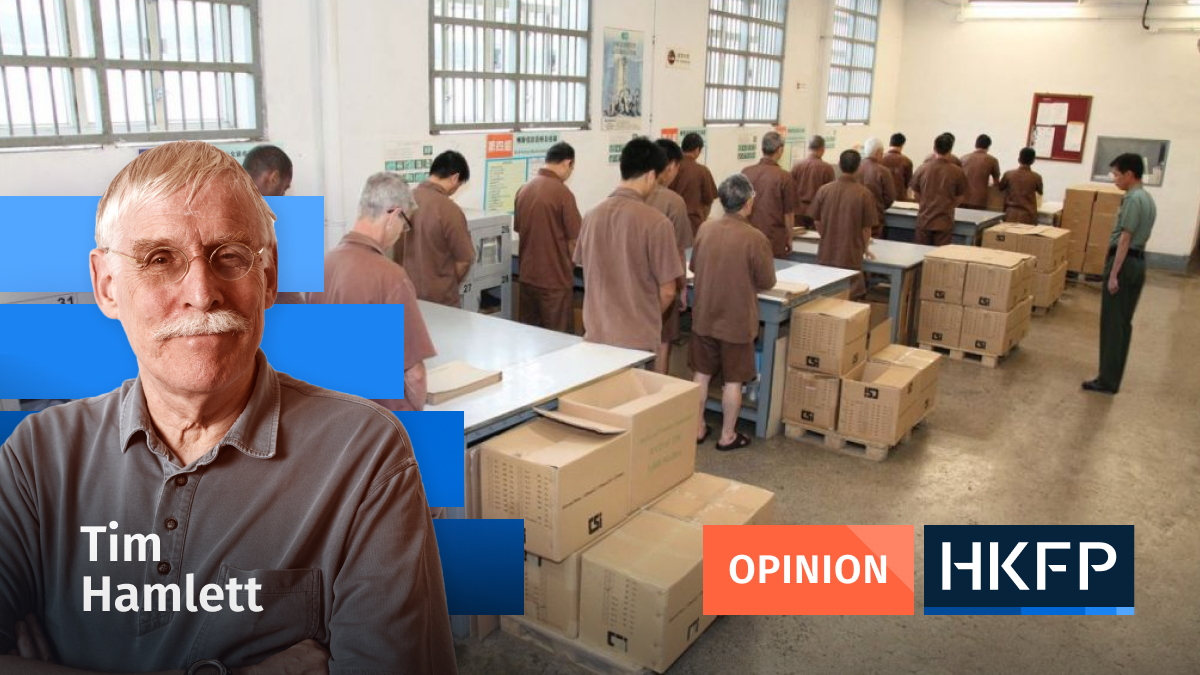The Central Market Revitalisation Project, led by the Urban Renewal Authority since 2009, is now complete, and the public can assess the authorities’ concept of “revitalisation.” An architectural gem has become a sterile cacophony of mostly unneeded shops.


Like everything else in Hong Kong these days, the project was kept under wraps until it was a done deal, and – once again – the public was not allowed any input. This is despite the fact that the public has shown how much it cares about preservation, about local history and local culture, about old buildings and old spaces where memories were formed.
But the disregard for public opinion is nothing new. Since the destruction of the Star Ferry Pier in Central, and the Queen’s Pier, once a project has been decided by bureaucrats somewhere, this is what Hong Kong gets, no matter how loud the objections. The Urban Renewal Authority has been following a bizarre concept – something that looks modern, not a little plasticky, and definitely very, very provincial.

Let’s start from the original: this was the area where one of the first large markets on Hong Kong island was located back in the mid-1800s. Old pictures show stalls selling vegetables, tofu, meat, fruit, noodles, eggs, fish, sauces and various odds and ends. In the days before refrigerators people shopped as early as possible in a congested and busy venue. The old photos hint at one of the main features that has been lost: those pale walls, on which the sun’s rays would fall, and the deep well of the staircase flooded in light.


In 1939 the current structure was built, and it was a fragile jewel. A Bauhaus-like structure, a modernist building with all the gentle curves and parallel lines that characterised those years.
The staircase which typified that roundness has now been completely violated. A stark black ugly handrail is sited slightly in from the original stone rail and partially obscuring the original. You can no longer access the soft curve of the staircase. Why? The whole project shows a disregard for history and the local vernacular, but it takes a special type of spite to introduce that unnecessary element onto something so special.
When I walked through the revitalised Central Market I told myself it probably wasn’t going to be what it could have been, but I would keep an open mind and be prepared to like something… unexpected. But there is nothing unexpected. You have already seen this kind of tacky shop which pays lip service to sustainability while producing more plastic than all the take-outs during the pandemic.
Just when you start to think that smothering the local vernacular was the aim, you arrive at the decorative element that has become most familiar on Instagram and the like: a very high number of red market lights, all squeezed together in a tight oval, that attempts to find beauty in pattern repetition.

But the lamps are not the type you can see everywhere in Hong Kong’s wet markets, but a genteel version, a custom-made copy, small and silly which doesn’t even do what it is supposed to do: shed light.
It diffuses an orangey glow that is kind on skin tone for selfies but not a whole lot else. Again: why?

You may read that this is the third pole in a “Central Triangle” comprised of PMQ, Tai Kwun, and the Central Market. All renovated, with varying degrees of success. What we see in the Central Market project is definitely the least successful attempt, even if in many ways it was going to be the easiest: just touch as little as possible, and give the space back to food sellers.
Tai Kwun was a police station and prison. PMQ stands for Police Married Quarters (boy, did the British build a lot of jails and prisons and police facilities: you would think that they really loved putting people behind bars).

So Central Market was the only place with no connection to law enforcement, where we would have gone to feel free, and enjoy the architectural flavour of an open, cosmopolitan Hong Kong. Instead, we have a gentrified mess of food and knick-knacks and very little that will make you think: “Oh, I must stop at the Central Market on my way back.”
What a sad waste.
Support HKFP | Policies & Ethics | Error/typo? | Contact Us | Newsletter | Transparency & Annual Report | Apps
| HKFP is an impartial platform & does not necessarily share the views of opinion writers or advertisers. HKFP presents a diversity of views & regularly invites figures across the political spectrum to write for us. Press freedom is guaranteed under the Basic Law, security law, Bill of Rights and Chinese constitution. Opinion pieces aim to point out errors or defects in the government, law or policies, or aim to suggest ideas or alterations via legal means without an intention of hatred, discontent or hostility against the authorities or other communities. |
Help safeguard press freedom & keep HKFP free for all readers by supporting our team

More HKFP OPINION:
HKFP has an impartial stance, transparent funding, and balanced coverage guided by an Ethics Code and Corrections Policy.
Support press freedom & help us surpass 1,000 monthly Patrons: 100% independent, governed by an ethics code & not-for-profit.










